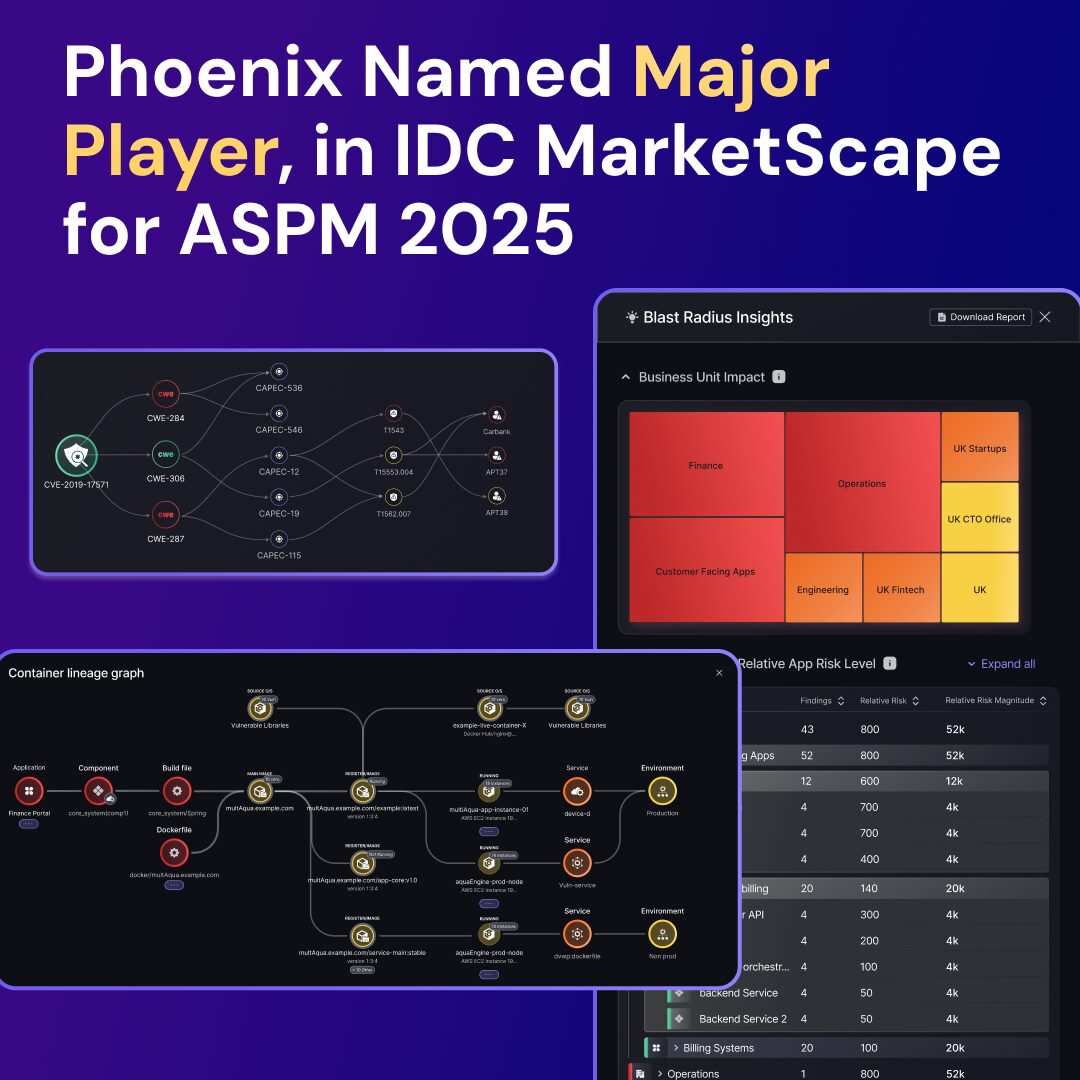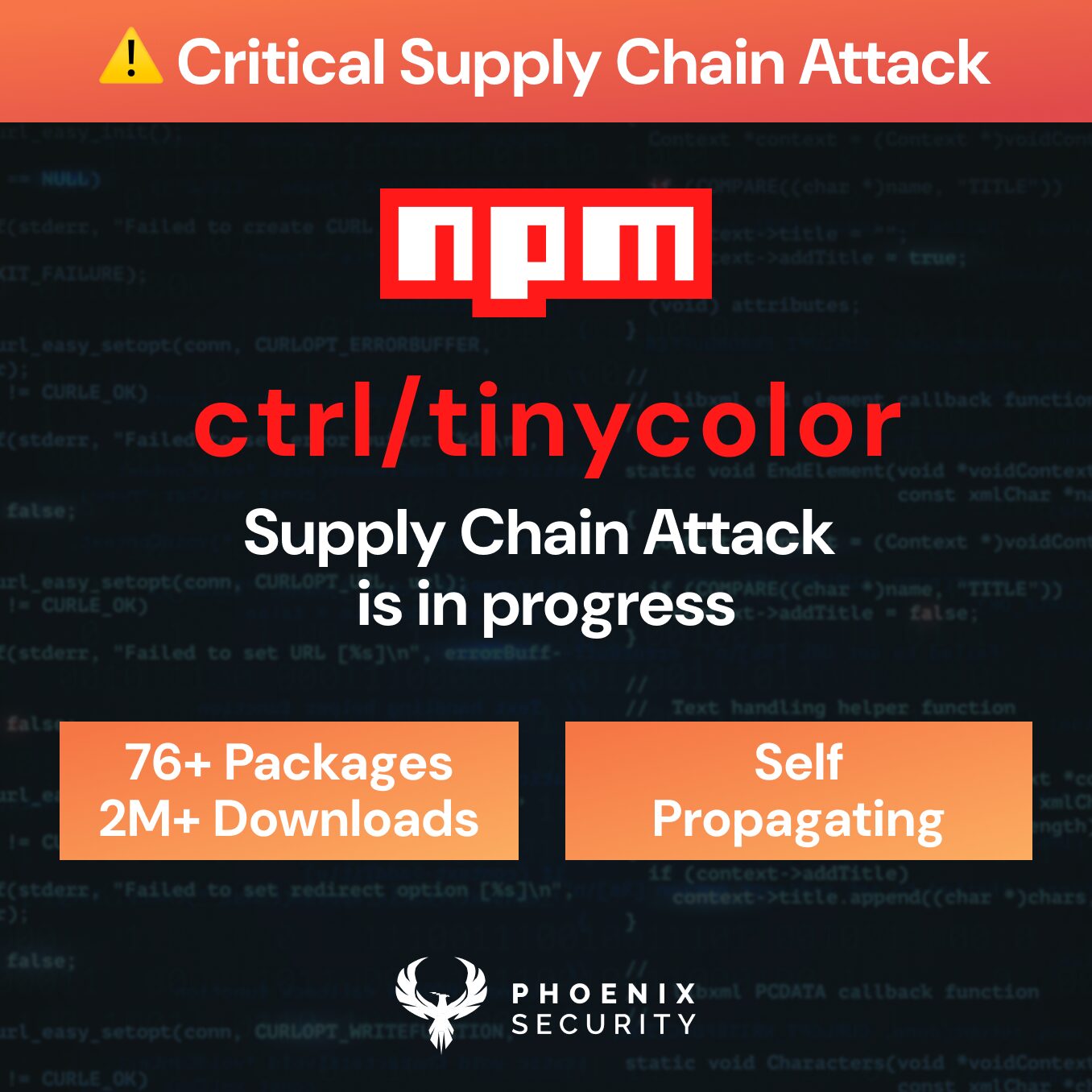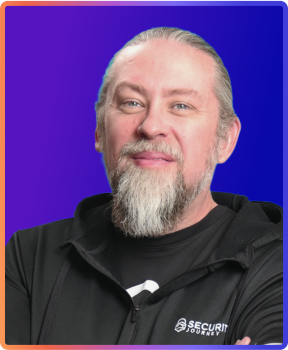In this episode, we will talk with Thom a great experienced Ciso and now leading the adventure of a Lost CISO or CISO in recovery more. We had a good laugh of the inconsistencies of Infosec, the CISSP (pronounce it the way you want it) and the recent debate (is it a master?).
The podcast is in collaboration with the cloud security alliance UK Chapter and NSC42 Ltd (for more episode visit www.nsc42.co.uk/cscp)
Material and BIO:
Bio: https://thomlangford.com/about-me/
Websites:
Thomlangford.com
Tl2security.com
Hostunknown.tv
Films:
The Lost CISO: https://www.youtube.com/channel/UCKVpJ0-oKS0hgdLKqBttgdg?view_as=subscriber
Host Unknown: https://www.youtube.com/channel/UCTwY3LNRujMskBDbQvKoiBw
Guest Bio:
Thom founded (TL)2 Security and works for himself, although he regularly complains about his boss and work culture. As Chief Information Security Officer of Publicis Groupe, Thom was responsible for all aspects of information security compliance, risk compliance and compliance-compliance, as well as managing the Groupe Information Security compliance Programme. Additionally, the role was responsible for business continuity compliance across the Groupe’s global operations, and as a result, Thom buys three of everything.
Having successfully built security and IT programmes from the ground up, before tearing them down, Thom brings an often opinionated and forward-thinking view of security risk compliance, both in assessments and management, but is able to do so with humour (debatable) and pragmatism (mostly). An international public speaker and award-winning security blogger, Thom contributes to whichever industry blogs and publications will feature him.
Thom is also the sole founder of Host Unknown, a loose collective of three infosec luminaries combined into an unremarkable trio to make security education and infotainment films. Thom can be found online at both thomlangford.com and @thomlangford on Twitter.
Host Bio – Francesco Cipollone
I’m Francesco, a Cybersecurity Executive/Chief Information Security Officer (CISO) who specializes in strategy and cloud security. Fueled with passion, curiosity and dissatisfaction for the status quo, I believe in protecting identities in cyberspace and creating a safer, more connected world for future generations.
I’m the director of the Cyber Security Consultancy NSC42 www.nsc42.co.uk
In my spare time, I’d love to give back to the cybersecurity community and I’m a keen contributor. I’m the co-author of several books on network and security and collaborate with a
As part of that, I’ve Director of Events for the Cloud security alliance UK and active member of ISC2. I’ve launched the #MentoringMonday community together with the support of Jane Frankland and Tanya Janca. The mentorship community is inclusive with a focus to empower women in cybersecurity as well as young minds. I am a mentor and coach in the community and I’ve launched the activity in order to help the future generation of cybersecurity expert.
I’ve delivered effective cybersecurity transformation for my client in Financial services such as Nationwide, Charles Taylor, Capita Asset Management, Link Asset Management.
I’ve also delivered a cybersecurity improvement programme for different sectors, amongst my clients: United Nations (WFP and FAO), National Lottery (Camelot), Vodafone, BT, Telecom Italia.


















